Insects are vital. Insects also cover the planet, with local research showing that there might be over 6,000 species — a wonderful world awaits. Dr David Mifsud writes about his research at the University of Malta and talks about the Etymological Society.
Biodiversity is the study of all living organisms on earth. For hundreds of years it has captivated many people and scientists. Studying biodiversity is crucial to understand how ecosystems work and protect them. We cannot live without the products and services of our environment. The natural world also provides security and health. Biodiversity is extremely complex, dynamic, and varied with plants, animals and microbes all living in one system that supports millions of species, including people.
In 1758, the Swedish scientist Carl von Linné proposed a binomial system to classify every living organism using just two names. Since then, around 1.8 million species of living or extant organisms have been formally named and described. This number is just a small part of the total number of species which could rise to 30 to 50 million. More than half of these species are insects. They have colonised nearly every habitat. Insects are found everywhere but are often poorly understood.
Maltese Insects
They also dominate the Maltese environment. By understanding insects we will understand more about Maltese ecosystems. For this reason, the Entomological Society of Malta (Dr David Mifsud currently holds the chair of President) is studying all of Malta’s insect biodiversity. It has tried to involve scientists from all over the world to study its rich insect biodiversity. To promote such collaborations, this NGO started a scientific journal, called the Bulletin of the Entomological Society of Malta (currently edited by Dr Mifsud) that focuses on Mediterranean insect studies, especially those of the Maltese Islands. Since 2008, more than 60 scientists contributed and filled its covers with detailed information on more than 1,200 insects — a quarter of which were not known to occur in Malta. Over 300 different insects lived in Malta for centuries without anyone knowing about them. Recently, two society members discovered and described two new moths. Both species are endemic and only occur in the Maltese Islands. One named Stichobasis postmeridianus, a bagworm moth, and the other, Eudarcia melitensis, belonging to a different group commonly known as fungus moths. These Islands still hold many secrets.
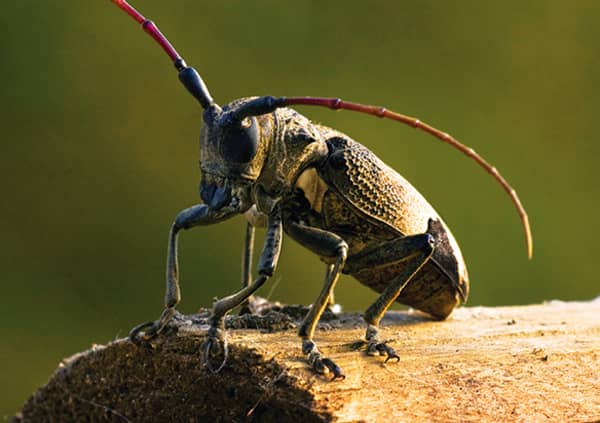
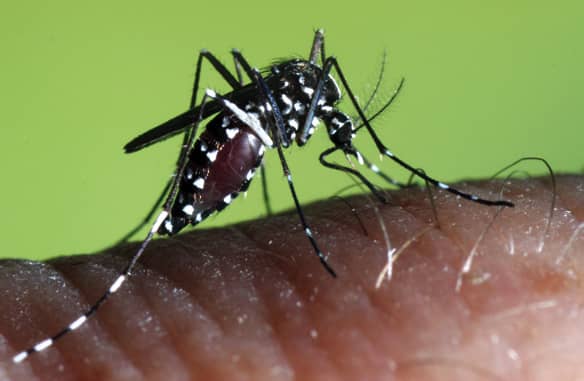
The insect species we have recently discovered are probably the tip of the iceberg. The society estimates that around 6,000 to 8,000 species exist in Malta. Like other living organisms, insects are subdivided into various groups according to how they are related to each other. Some 30 different orders are currently recognised, depending on which scientist you agree with. The beetles (Order Coleoptera) have the largest number of species and locally there may be more than 1,700 species.
“Some 15 years ago a longhorn beetle (Phryneta leprosa) was accidentally introduced from Central Africa through timber industry wood.”
What Are Alien Species?
Alien species are organisms that establish themselves in a new territory. Cataloguing of insects is essential to figure out if an insect is natural to Malta or an alien. Once established in a new territory such organisms may cause several problems. The lack of natural enemies in the new territory often means that their population explodes. These pests can also compete with native species, which has happened in Malta time and again. Damages done by the Red Palm Weevil amount to thousands of euros and the species is still killing many palm trees. The Red Palm Weevil’s introduction probably could not have been avoided, but the authorities could have prevented others. Some 15 years ago a longhorn beetle (Phryneta leprosa) was accidentally introduced from Central Africa through timber industry wood. This beetle destroyed hundreds of black mulberry trees all over the Maltese Islands. Right now, because of a bark beetle (Hypocryphalus scabricollis), fig trees are dying all over Malta. This Asian beetle most likely ended up in Malta through imported Chinese Banyan or Curtain fig (Ficus microcarpa), a tree used for street and square gardens. Malta has some 10 different species of fig trees.
Butterfly and moths (Order Lepidoptera) are another important group of insects. In Malta, there are some two dozen butterflies and some 600 species of moths. Some butterflies could soon be wiped out. A typical example is the Meadow brown butterfly (Maniola jurtina), which used to breed in abundance and was widely distributed around the Maltese Islands. For some unknown reason, its population has plummeted in these last 15 to 20 years and this beautiful butterfly is now hardly
ever seen.
Bees, Ants, and Wasps in Malta
In Malta, bees, ants, and wasps (Order Hymenoptera) have largely been ignored. There might be over 2,000 species. Another group, true flies (Order Diptera) are well studied with 600 species identified, but I am sure that 1,000 species could be found in Malta. The dreaded Asian Tiger Mosquito is part of this group. It is a highly invasive species that originated in Asia and has spread throughout the world. In 2009, it was first reported in Malta. By breeding in any still water, including abandoned tyres, it thrives around humans — its most important food source.
“This Asian bark beetle most likely ended up in Malta by importing Chinese Banyan or Curtain fig […] used for street and square gardens”
Over the last 20 years, extensive research has been carried out on another group of insects called Hemiptera, which includes whiteflies, psyllids, scale insects, bugs, and cicadas. Some 600 species have been found. In 1996, Mifsud described the whitefly Aleurolobus teucrii which his wife collected during some field work in Gozo. This whitefly was then found in Southern Italy.
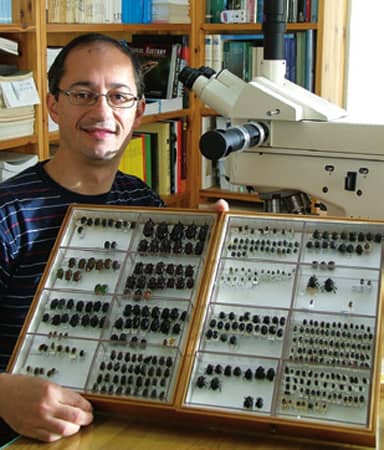
Insect studies involve a lot of tedious cataloguing, so why bother? Why should we need to identify so many tiny creatures and learn about their lives? Insects tend to dominate the ecosystem around us, which would collapse without them. The more we learn about them, the more we can understand their relationships and their possible common ancestors through studies known as “phylogenetic relationships”. Insects pollinate flowers, a vital process for most plants and their products; honeybees produce honey, a delicacy in Malta and Gozo. Flowers are also essential for the survival of other organisms that feed on them. Other insect species are not as kind, some pose problems to human health, others infect domesticated animals and can destroy agricultural livelihoods.
The more we can learn about these species, the better our chances of controlling them, saving millions, and coexisting happily. Certain species called ‘ecological indicators’ can give insight into the state of our environment. Other species recycle nutrients, help plants grow and spread, maintain all the different species of plants or provide food for other animals such as birds or bats. Studying insects can go a whole lot further than a catalogue.
Find out more:
www.entomologicalsocietymalta.org — Website full of images and information on arthropods in Malta, plus scientific literature.
Mifsud, D. (2008–2012) [ed.]. Bulletin of the Entomological Society of Malta, volumes 1–5. The society’s annual volumes that catalogue insects found in Malta.
Mifsud, D. (2000). Present knowledge of the Entomofauna of the Maltese Islands. Entomologica Basiliensia, 22: 75–86. A scientific paper that summarises insect studies in Malta till 2000.

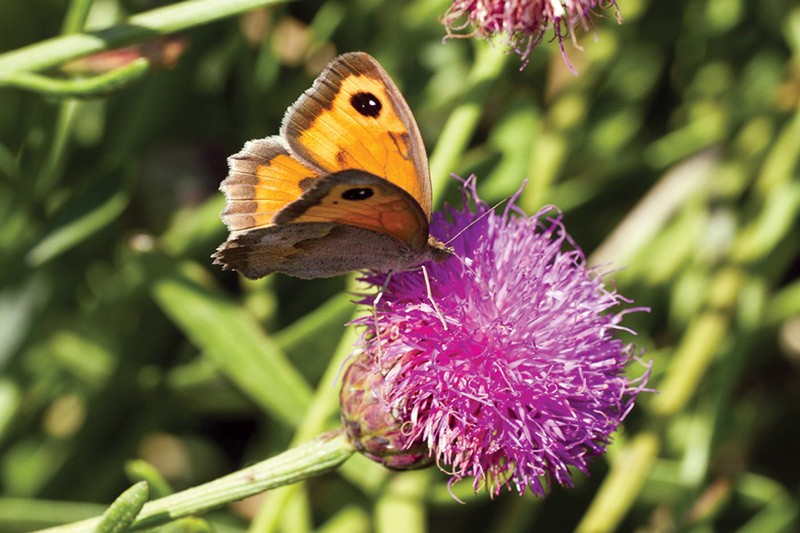
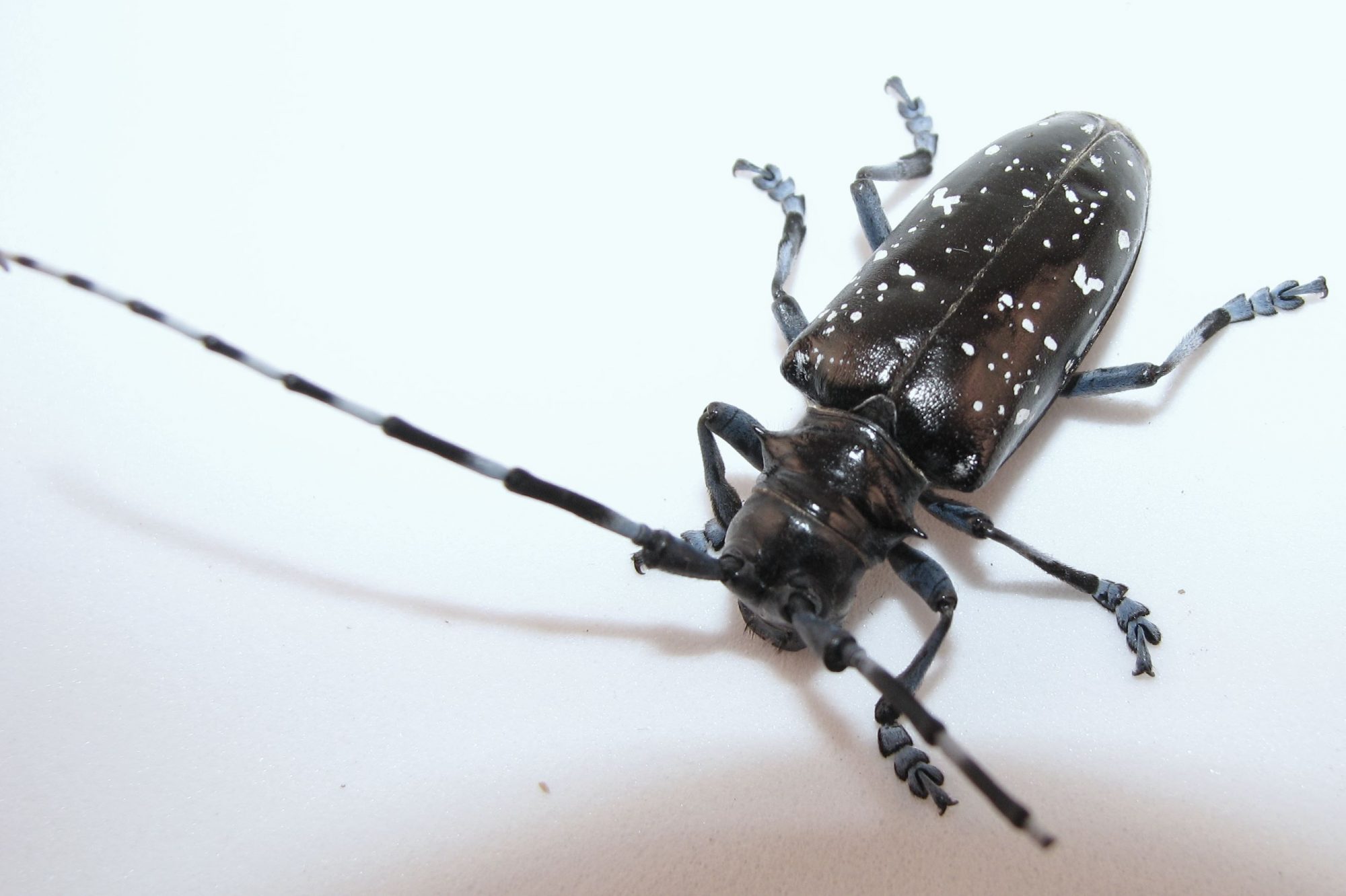



Comments are closed for this article!